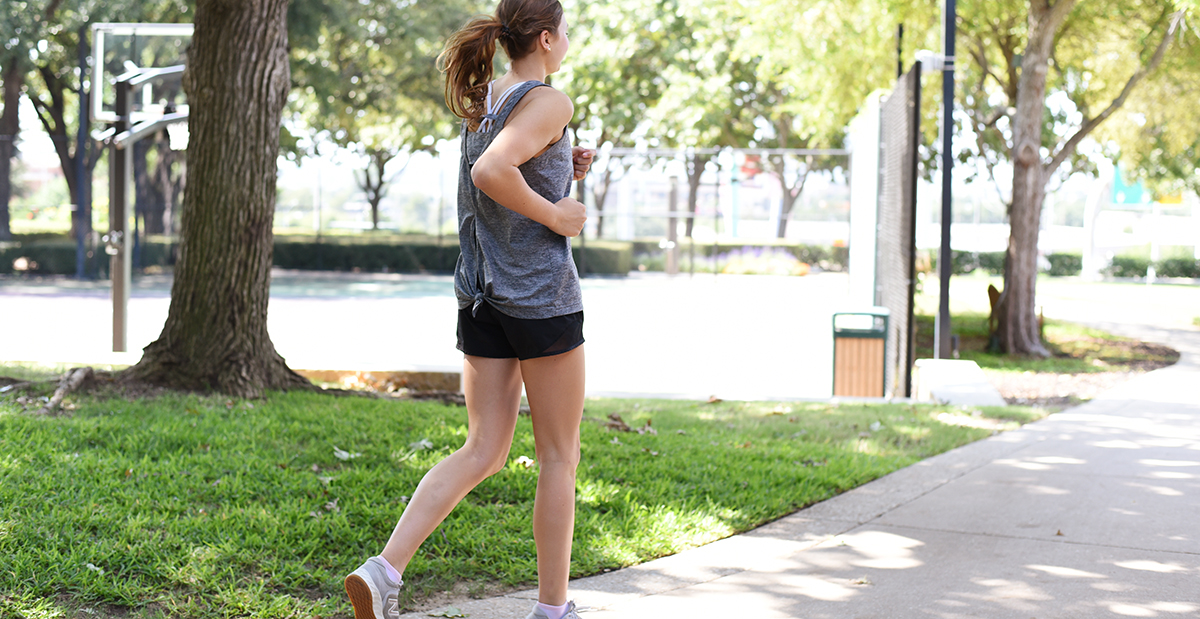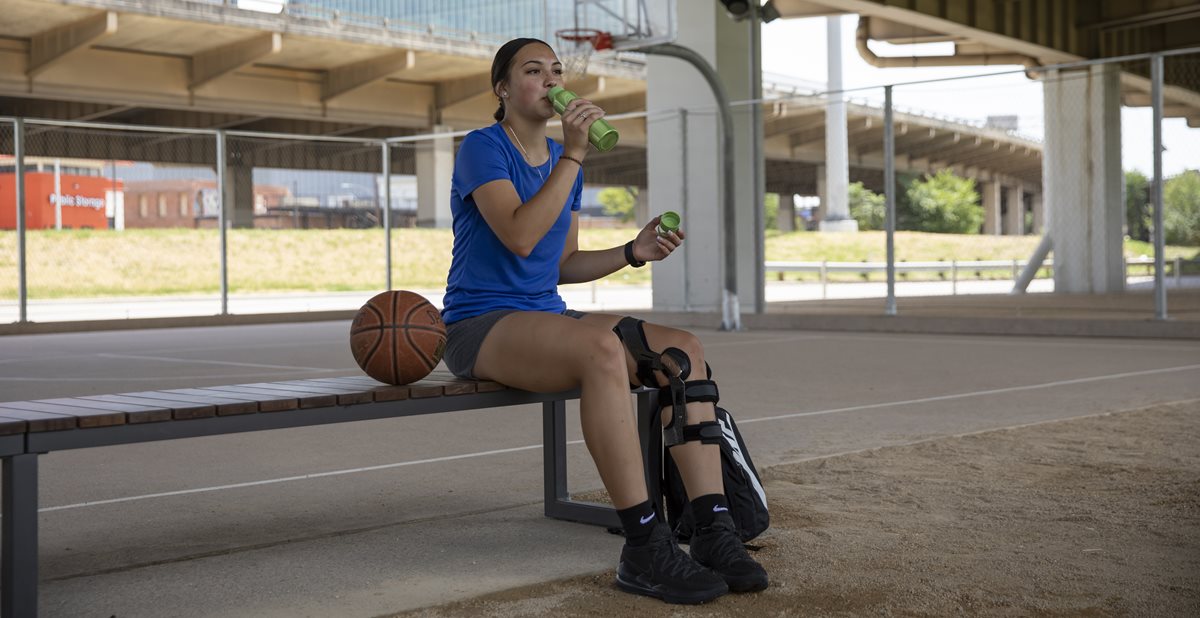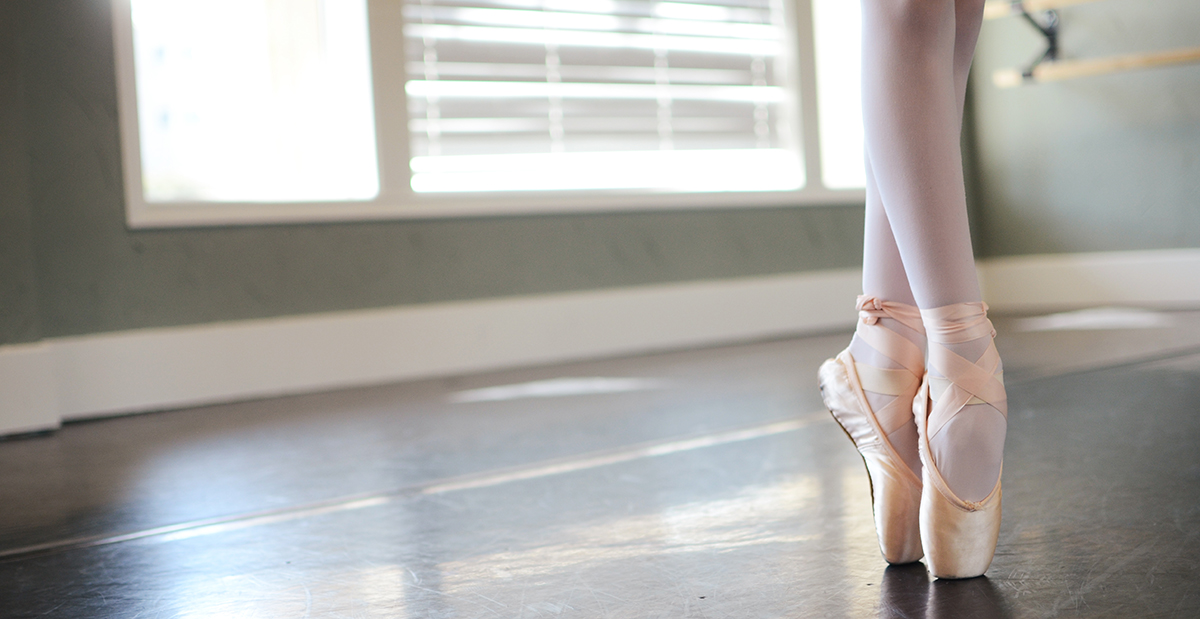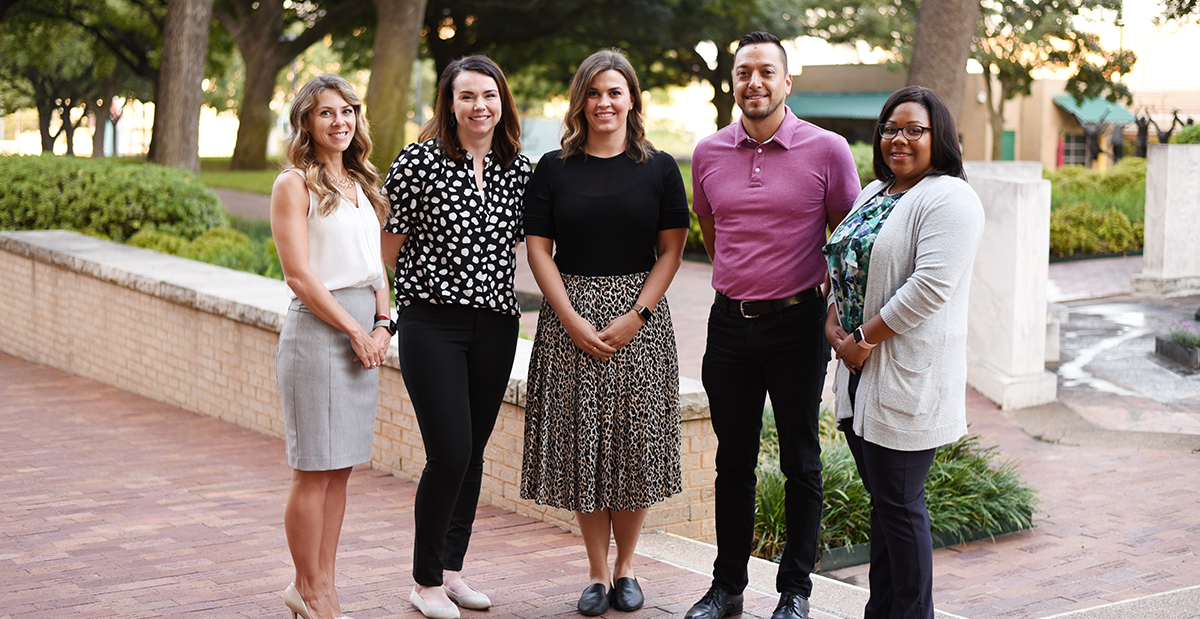
May 14, 2021 / Psychology
Transitioning Back to "Normal"
Last year, student athletes were separated from their friends and teams. Like so many, they transitioned their entire lives to an unfamiliar virtual world. Some have adjusted back to in-person school or sports and may be doing very well. Some, however, may still have some hesitancy or lingering challenges from their personal experiences during stay-at-home phases of the COVID-19 pandemic.
Read Supporting Your Teen Athlete When Stress is High to learn how to connect with your young athlete. Scottish Rite pediatric psychologist Emily Stapleton, Psy.D., has some additional guidance for families that have not yet fully transitioned back to “normal.”
Returning to School
In case you are concerned, and you are not sure where to turn, here are two resources in addition to your school counselor and behavioral health resources provided by your health insurance plan:
Read Supporting Your Teen Athlete When Stress is High to learn how to connect with your young athlete. Scottish Rite pediatric psychologist Emily Stapleton, Psy.D., has some additional guidance for families that have not yet fully transitioned back to “normal.”
Returning to School
- If you're aware of the school's safety precautions, review them together so there aren't surprises when your child first goes to school or returns to their sport.
- Practice safety precautions, especially if they are new. Practice safe spacing and wearing masks for extended periods of time at home before going back to in-person activities/school.
- Prepare by packing an extra mask and bringing a personal water bottle.
- Ask if your teen or child is worried before an activity or event.
- This allows time for problem solving issues/concerns.
- Prepare ahead for their concerns.
- Help redirect negative thoughts to be more positive to ease the transition back.
- Ease separation anxiety by taking small outings of increasing time apart from home and caregivers.
- Connecting with teachers, coaches and schoolmates prior to the beginning of the school year can also help reduce anxiety as the child is readjusting to in-person school and social interactions.
- Teach and practice techniques to help with anxiety.
- Positive self-talk.
- Relaxation techniques like diaphragmatic breathing (“belly breathing”) and progressive muscle relaxation (“tensing and relaxing”).
- Reach out to friends, teammates and family on a regular basis.
- Schedule regular check-ins to talk about worries, fears and excitement and look for signs and symptoms that something is wrong.
- Monitor for isolation, irritability, low mood, difficulty sleeping, lack of motivation or lack of enjoyment of normal activities.
- Address concerns about safety.
- Seek professional help with a counselor or psychologist if your child is having difficulty adjusting.
In case you are concerned, and you are not sure where to turn, here are two resources in addition to your school counselor and behavioral health resources provided by your health insurance plan:
- Crisis Text Line (Text HOME to 741741) - connect with a crisis counselor via text
- National Suicide Prevention Lifeline (1-800-273-8255)



